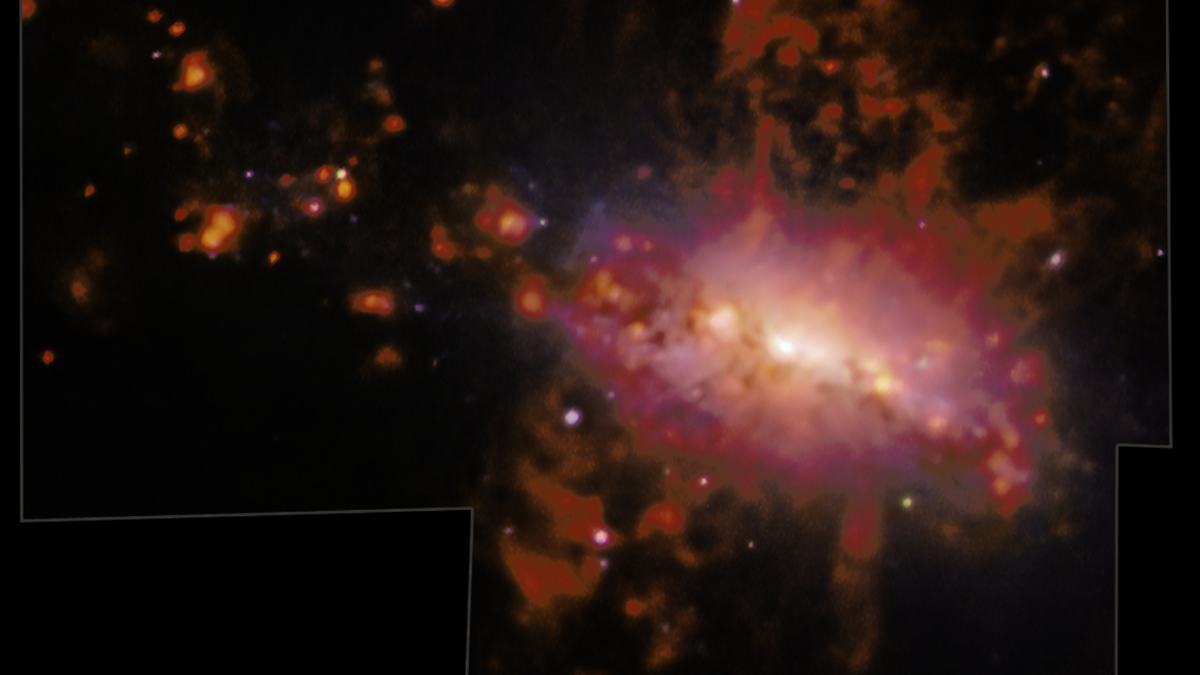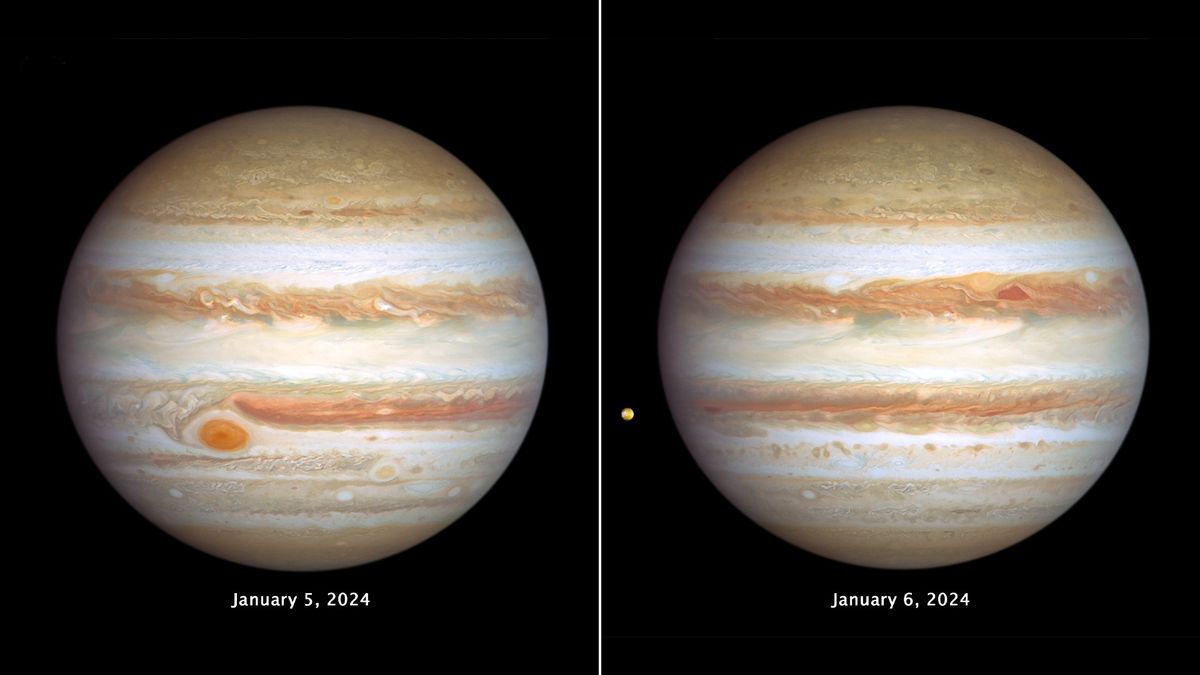Tremendous Galactic Explosions Reveal Insights into Cosmic Evolution
A recent discovery in a galaxy neighboring the Milky Way sheds light on the intricate process of galactic evolution. With explosions equivalent to the mass of 50 million suns, astronomers have observed a unique phenomenon that offers crucial insights into the formation of new stars.
Mapping Galactic Pollution with Precision
The galactic pollution event was meticulously studied by an international team using advanced technology. NGC 4383, a spiral galaxy located in the Coma Berenices constellation, became the focus of investigation. Equipped with the Multi Unit Spectroscopic Explorer (MUSE) instrument on the Very Large Telescope (VLT), researchers delved into the mysteries of this distant galaxy, situated approximately 62 million light-years away from Earth.
NGC 4383, part of the Virgo Cluster, is undergoing a turbulent phase characterized by intense outflows of gas spanning over 20,000 light-years. This remarkable gas jet, composed of hydrogen and various heavy elements, hurtles through space at astonishing speeds, reaching up to 671,000 miles per hour.
Unraveling the Physics of Galactic Outflows
By detecting oxygen, nitrogen, sulfur, and other elements in the outflow of gas from NGC 4383, researchers gained a deeper understanding of the intricate processes at play within galaxies.
The team posits that the massive outflow observed from NGC 4383 stems from supernova explosions triggered by intense star formation activity within the galaxy. This burst of starbirth leads to the eventual depletion of the galaxy’s gas reservoir, essential for the formation of new stars. As the gas is expelled into space, it carries the elements necessary for the creation of future stellar systems.
Implications for Cosmic Evolution
The findings from this study not only provide valuable insights into the mechanics of galactic outflows but also underscore the critical role these processes play in shaping the cosmos. The intricate interplay between stellar explosions, gas outflows, and star formation highlights the delicate balance that governs the evolution of galaxies.
The team’s research, published in the journal Monthly Notices of the Royal Astronomical Society, marks a significant milestone in our quest to unravel the mysteries of the universe. Moving forward, further observations and studies such as the MAUVE survey will continue to illuminate the importance of galactic outflows in the ongoing evolution of our cosmic neighborhood.
Image/Photo credit: source url





